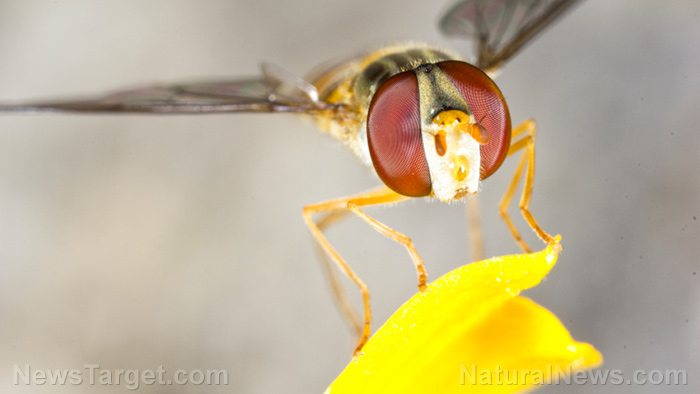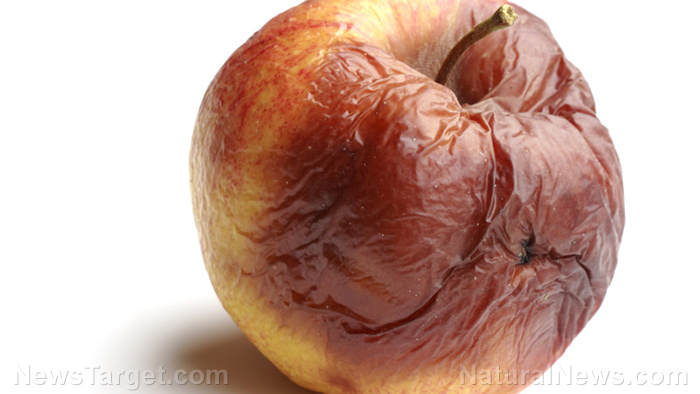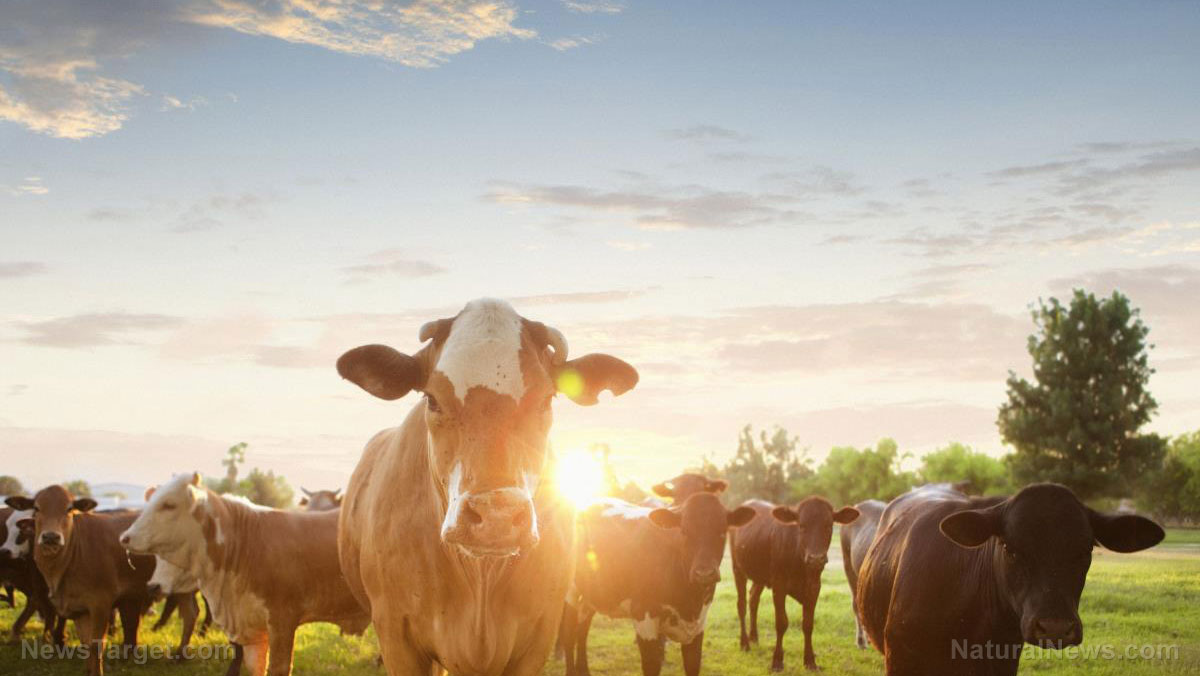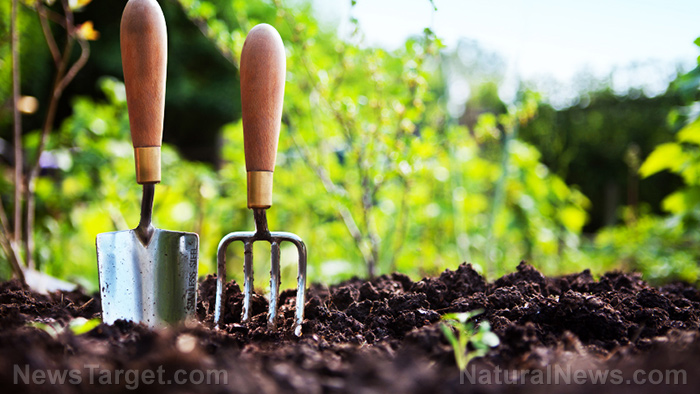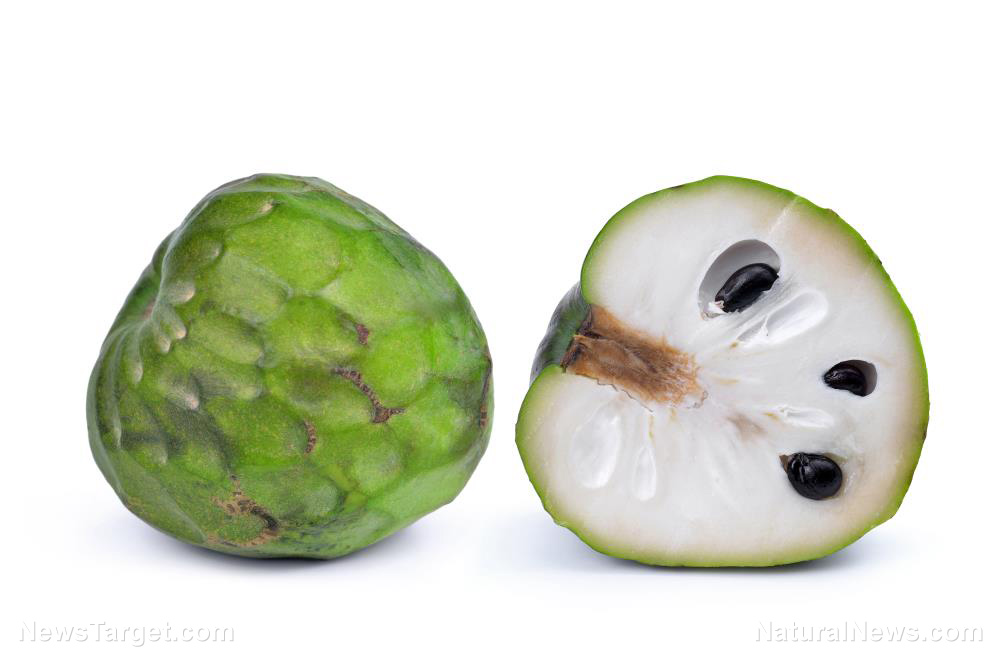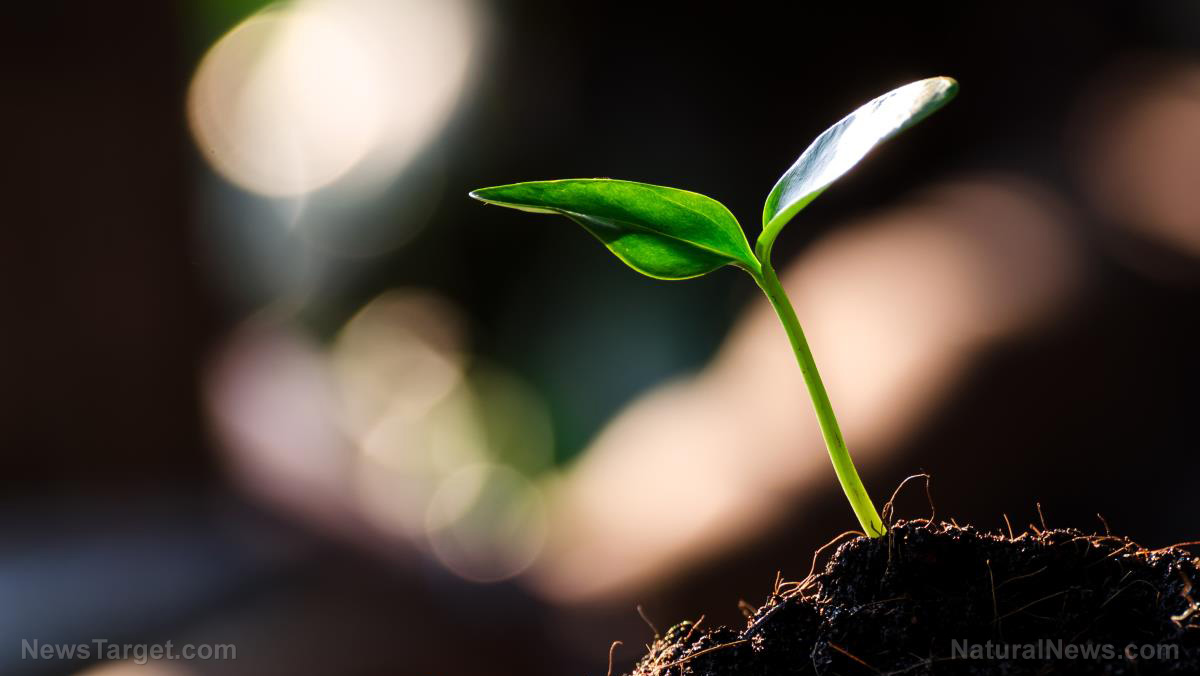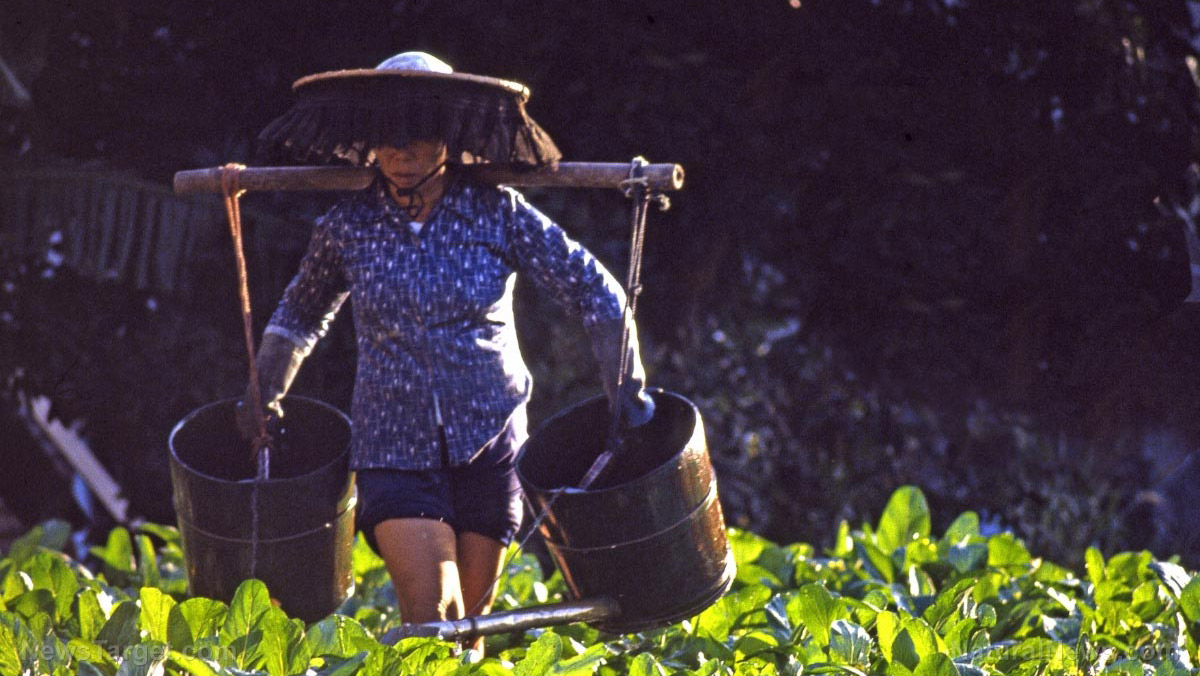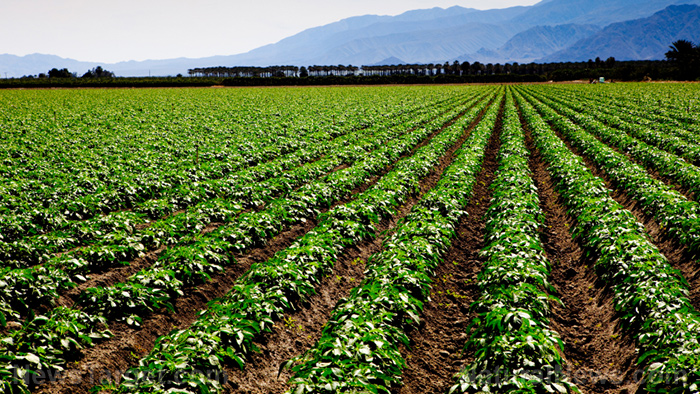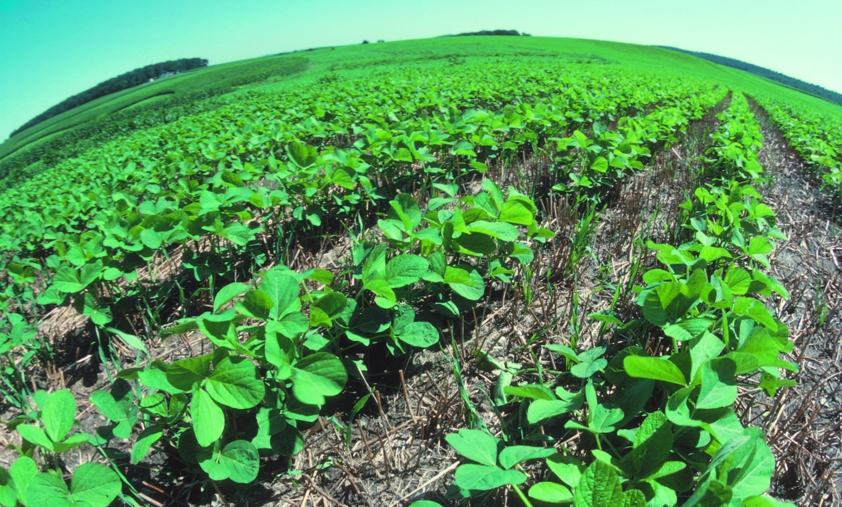Organic farming promotes better plant biodiversity
10/23/2018 / By Edsel Cook

Vineyards are an ancient and valuable means of agriculture in the southern reaches of Europe. Although many have been taking up organic farming in recent years, most continue to manage their crops through the use of chemical fertilizers, herbicides, and pesticides. Spanish researchers evaluated how the adoption of organic farming methods could further benefit the agricultural ecosystems around these vineyards.
Catalonia is a major agricultural region in northeastern Spain. It is famous as a wine-producing region in the country and throughout Europe.
Priorat is an appelation of origin in Catalonia. Located in the province of Tarragona, it is a tiny but unique area that is famous around the world for its deep red wine. Its combination of microclimate, soil, and vines from both old and new methods of farming makes Priorat one of the most intensely studied agricultural areas in Europe.
Areas like Priorat have experienced serious declines in the population of insects like moths and butterflies. The loss of biodiversity in agricultural areas is attributed to many factors, such as increasing use of large amounts of chemicals to manage vineyards and farmlands. (Related: Natural fertilizers are better than chemical ones at preventing crop disease.)
Sampling the effects of different farming methods on agricultural ecosystems
A research team from the Museu de Ciències Naturals de Granollers (MCNG) conducted an evaluation of vineyards in Priorat. They covered both organically-managed plots and their conventionally-managed counterparts.
Conventional vineyards use various chemicals to kill pests, protect their crops, and spur the growth of the vines. Organic vineyards use more natural means, such as encouraging the presence of natural pollinators.
In their evaluation, the researchers focused on four different taxonomic groups: Birds, butterflies, moths, and vascular plants. Each group has complex relationships with the others. For example, butterflies and moths pollinate the flowers of vascular plants, which in turn attract them with bright colors, sweet scents, and nectar.
They measured the state of the communities that belong to each group inside the vineyard. They did the same for the strips of grass that ran between the lines of crops but limited themselves to just butterflies and vascular plants. The results for the conventional vineyards were compared with those from the organic ones.
Organic farming can help protect biodiversity in agricultural areas
Their results showed that the type of treatment received by crops exerted significant effects upon organisms in the vineyard. The effect appeared to be much stronger on vascular plants due to their inability to move on their own.
There was a consistent trend of organic farms containing biologically diverse communities of butterflies and vascular plants other than the cultivated vines. Moth communities were also diverse, although not to the same extent as butterflies. The researchers believe they failed to take sufficient samples of moths, leading to this weaker response.
Of the four taxonomic groups, birds showed the least response. These animals are the most mobile of the organisms surveyed, especially when compared to the greatly-affected plants.
The grass strips between crop lines contained greater numbers of different species of vascular plants, butterflies, and moths. They served as biodiversity hot spots for the vineyards that featured them.
Based on their findings, the researchers believe that organic farming is a possible means of reversing the declining populations of important insects in the region. They recommend adopting organic methods of managing crops and soil.
One technique they have noted is to forego terraces when setting up vineyards on slopes. This leaves strips of uncultivated land within the plots that can house butterflies, moths, and other organisms.
If you would like to learn more about how bio-diversity can improve human agriculture, you can find more articles at Ecology.news.
Sources include:
Tagged Under: agriculture, biodiversity, Butterflies, Ecology, ecosystem, European vineyards, insects, moths, organic farming, organic farms, Plants

